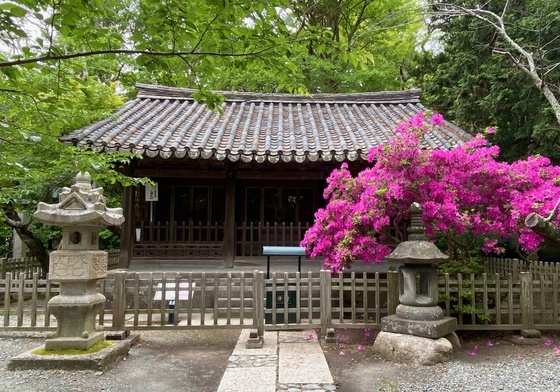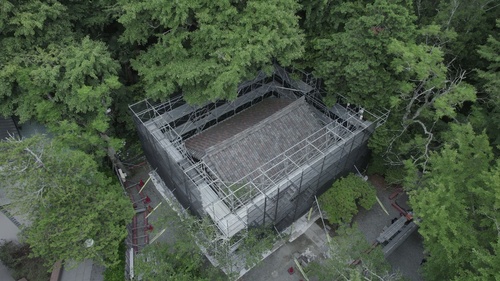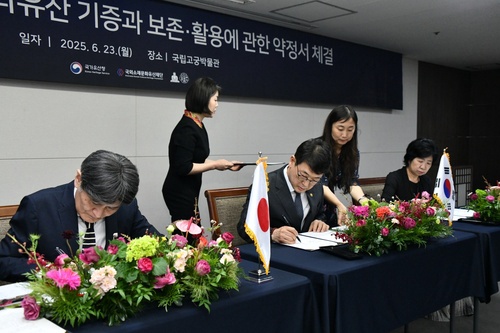Overview
- The Korea Heritage Service and Overseas Korean Cultural Heritage Foundation received disassembled parts of the three-bay wooden structure on June 24 under a June 23 agreement with Kamakura’s Kotoku-in temple
- Originally transferred to Japan in 1924 by the colonial-era Joseon Siksan Bank and donated to Kotoku-in in the 1930s, Gwanwoldang was found to have later modifications that specialists will now study
- This marks the first time an entire Korean building located overseas has been repatriated, surpassing earlier returns that involved only palace stone fragments
- Kotoku-in chief priest Takao Sato initiated the return, personally funding the dismantling and transport of the shrine’s components to Korea
- Experts at the Korea Foundation for Traditional Architecture and Technology will restore the shrine and investigate its original site and the royal figures it honoured


